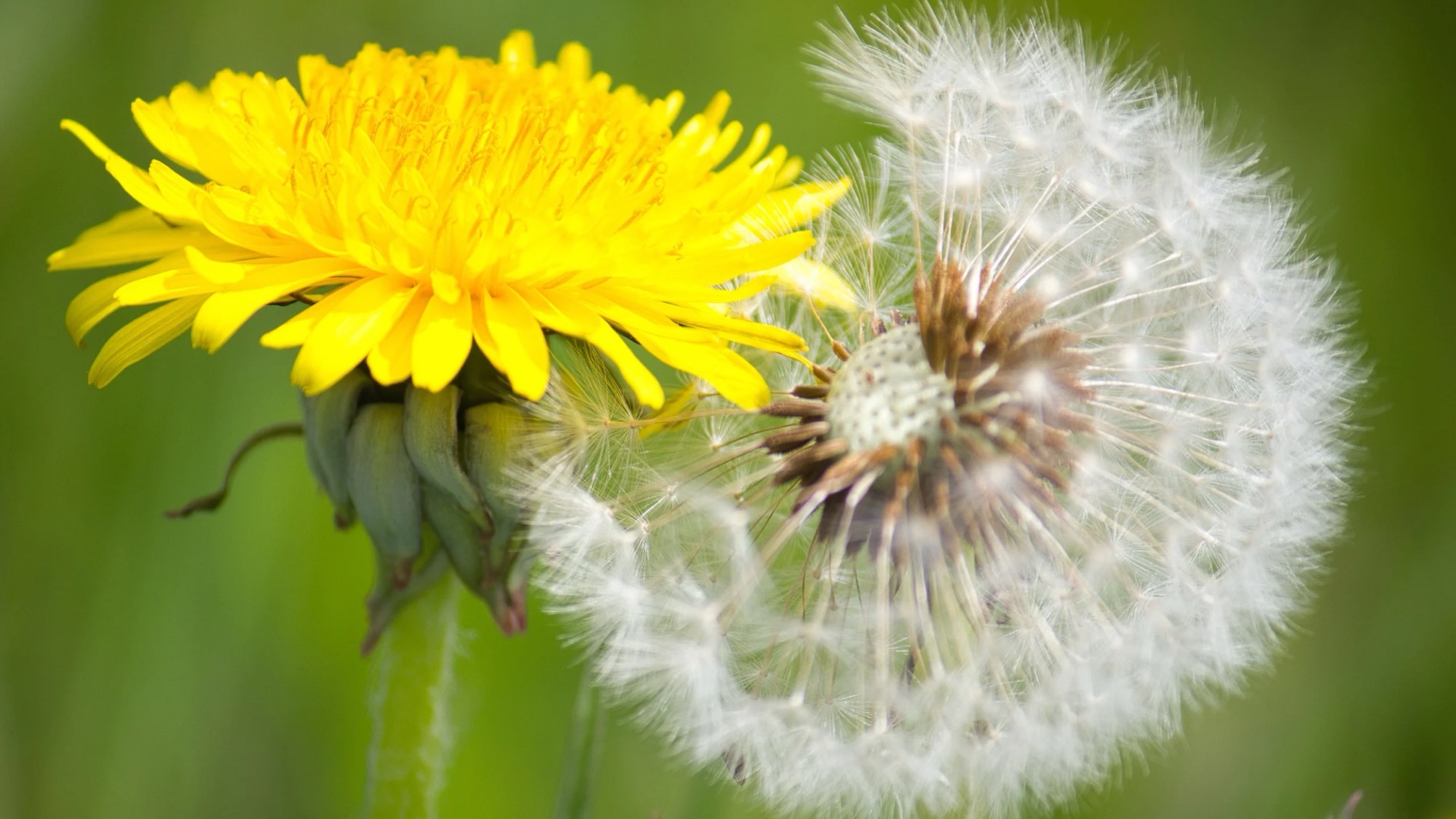American Alumroot, scientifically known as Heuchera americana, is a stunning native perennial that adds color, texture, and visual interest to gardens and landscapes. With its attractive foliage and delicate flowers, American Alumroot is a versatile plant that can thrive in various growing conditions. In this comprehensive guide, we will explore the history, growing instructions, maintenance tips, and other important aspects of American Alumroot.
History and Significance
American Alumroot has a rich history and cultural significance. Native to various regions, including parts of Ohio, this plant has long been valued for its medicinal properties by Native American tribes. The leaves were used to make astringent and anti-inflammatory preparations, while the plant’s overall resilience and adaptability made it a staple in traditional herbal medicine.
How To Identify American Alumroot
Foliage: American Alumroot has basal leaves that form a rosette close to the ground. The leaves are rounded or heart-shaped, with scalloped or toothed edges. The leaf color varies widely depending on the cultivar and can include shades of green, purple, bronze, or silver. Some varieties have leaves with striking veins or variegated patterns.
Flower Stalks: In late spring or early summer, American Alumroot sends up slender, wiry flower stalks that can reach up to 3 feet in height. The flower stalks are usually taller than the rosette of leaves.
Flowers: The flowers of American Alumroot are small and delicate, resembling tiny bells or urns. They are typically borne in open, airy panicles at the top of the flower stalks. The flower colors can range from white, cream, and pink to coral or red, attracting pollinators like bees and butterflies.
Growing Habit: American Alumroot is a clump-forming perennial, with new growth emerging from the center of the rosette. Over time, the clump may expand, forming a dense, low mound of foliage.
Habitat: American Alumroot is often found in woodland settings, including moist forests, rocky slopes, and shaded areas. It prefers well-draining soil and partial to full shade.
Look-Alikes: American Alumroot can be mistaken for other Heuchera species or other plants with similar rosette-like foliage. However, its unique flower stalks and delicate bell-shaped flowers help distinguish it from other species.
Growing American Alumroot
- Location: Partial shade to full shade conditions are needed, making it an excellent choice for woodland gardens, shaded borders, or areas with filtered sunlight. It prefers moist, well-draining soil but can tolerate a range of soil types, including sandy or clay soil.
- Planting: Start American Alumroot from nursery-bought plants or divisions. Plant them in spring or early fall when the soil is cool and workable. Dig a hole that is slightly larger than the plant’s root ball, place the plant in the hole, and backfill with soil. Ensure that the crown of the plant is level with or slightly above the soil surface. Water thoroughly after planting to settle the soil around the roots.
- Watering: Consistently moist soil is preferred, but it is adaptable and can withstand short periods of drought once established. Water the plant regularly, especially during dry spells, to maintain soil moisture. Mulching around the base of the plant helps retain moisture, regulate soil temperature, and suppress weed growth.
- Maintenance: It is relatively low-maintenance but benefits from some basic care. Monitor the soil moisture levels and provide supplemental watering during dry periods. Remove any weeds that may compete with the plant for nutrients and water. Deadhead spent flower stalks to encourage continued blooming and tidy appearance. Divide the plant every few years to maintain its vigor.
- Wildlife Benefits: American Alumroot’s flowers are attractive to hummingbirds, bees, and butterflies, making it a valuable addition to wildlife-friendly gardens. The plant’s foliage also provides shelter for small insects and other beneficial organisms. By including American Alumroot in your landscape, you contribute to supporting local ecosystems and enhancing biodiversity.
Interesting Facts
- American Alumroot is a member of the Saxifragaceae family, which also includes other popular garden plants like foamflowers and coralbells.
- The foliage comes in various colors, including shades of green, purple, bronze, and silver, adding visual interest and diversity to the garden.
American Alumroot is a versatile and visually appealing native perennial that can bring beauty and interest to shaded garden spaces. By incorporating this resilient plant into your landscape, you not only enjoy its aesthetic qualities but also support the historical and cultural significance of native flora.
Stay connected with Colin Can Help:
🌐 For Services: www.colincanhelp.com
Facebook: Colin Can Help on Facebook
Instagram: @colincanhelp
TikTok: @colincanhelp
YouTube: Colin Can Help on YouTube
LinkedIn: Colin Can Help on LinkedIn
Twitter/X: @colincanhelp
Threads: @colincanhelp




